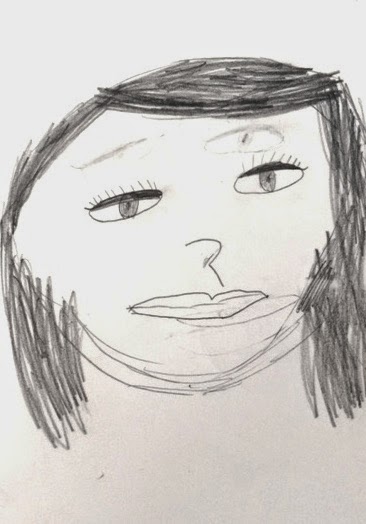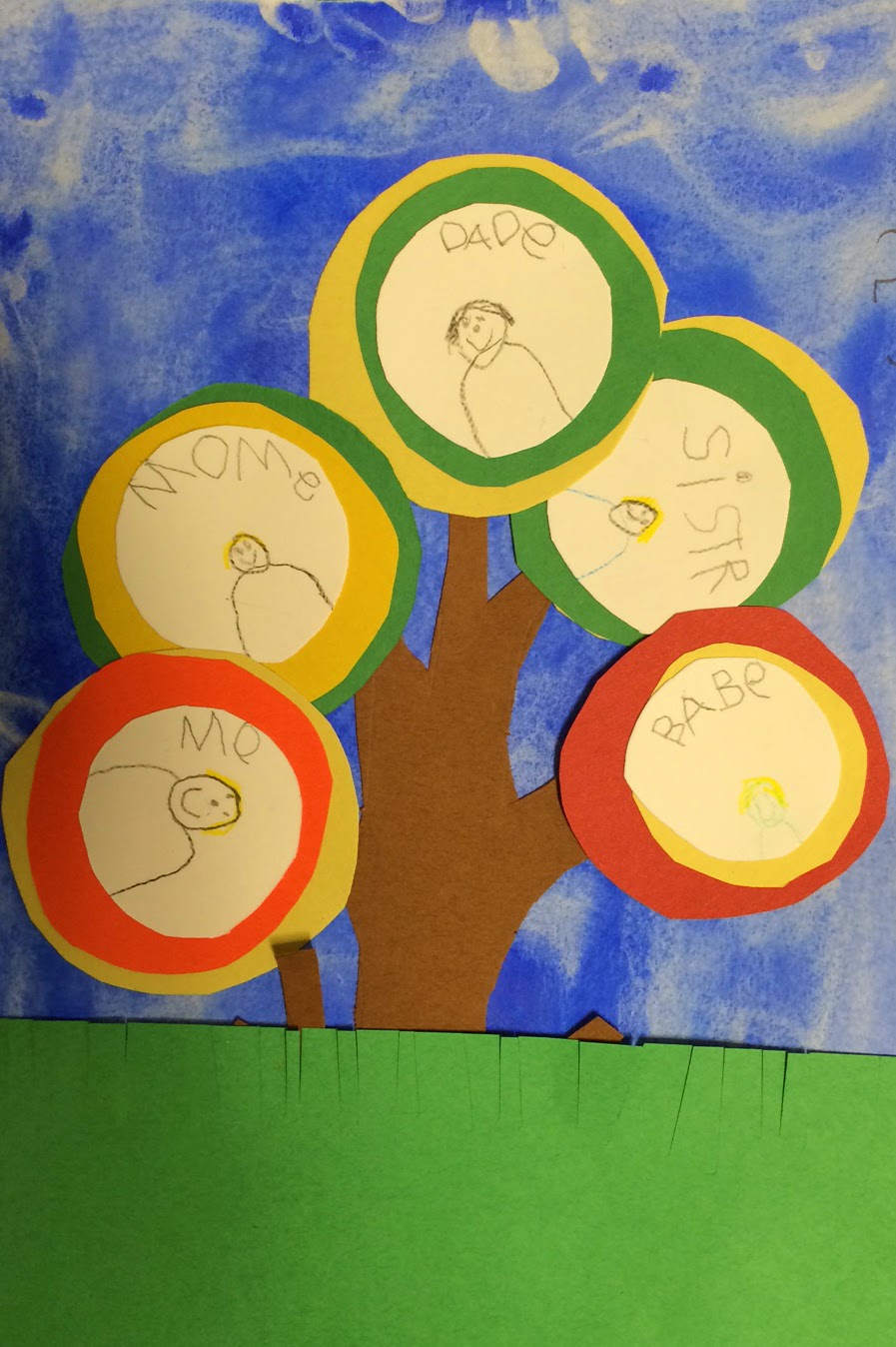Early Childhood artists had their first lesson with our artist in residence guide, Sarah. To celebrate Picasso's birthday and to integrate their classroom study of diversity, they created artwork inspired by Picasso's "Flowers in Hand."
Early Childhood A artists are studying South America. They created this three-dimensional model of the Chilean national flower.
Early Childhood B artists learned about artist Wassily Kandinsky and created family trees
inspired by his work. Kandinsky's work is currently exhibited at the Frist.
Please take your little ones to see his work in person!
Lower Elementary artists explored the element of design and form by making 3D circles inspired by Wassily Kandinsky. To integrate their classroom study of the solar system,
they each created their circle as a planet.
Lower Elementary artists also explore the element of design and space through several projects. To integrate their classroom study of the Great Lesson, The Coming of Life, they created drawings illustrating the beginning of life forms focusing on proportions and composition to fill the space.
To integrate their classroom study of leaves, Lower Elementary artists created artwork again
focusing on positive and negative space.
To prepare for the Kandinsky exhibit, Middle Elementary artists experimented with some of the elements of design. Equipped with rulers and old CD's, students followed somewhat open-ended instructions like "draw three parts of a circle" or "make a line that turns a corner 5 times". They completed their complex drawings with colored pencil and watercolor.
Middle Elementary artist have also had a variety of practice with drawing this Fall including drawing the human figure from life. They worked quickly with pastel on colored paper, using the side of the pastel to capture the model's movement with a few broad strokes.
Upper Elementary artists have been working on both realistic and abstract self portraits. For the realistic self portraits, they studied the work and technique of Chuck Close. Close is know for his large-scale realistic drawings created through a grid system. The students are working on a portrait of themselves using this grid system. For the abstract portraits, Upper Elementary artists studied the portraits of Pablo Picasso, and created a self-portrait that illustrates who they see themselves as vs. what the world sees them as through a realistic portrait.


Middle School artists are currently working on self-portraits influence by local artist Wayne Brezinka. In preparation for these portraits, they have been practicing the basics of portraiture: drawing eyes, noses, lips, ears - and, with the assistance of mirrors, drawing self-portraits.
MS students had the wonderful opportunity to visit Brezinka at his studio to learn more about his art and his process. Brezinka is famous for his portrait of Abe Lincoln which will hang in the Ford Theater for a year. Here is a kind note about their visit:
"I had some visitors in my studio yesterday afternoon from Abintra Montessori School here in Nashville. A group of very bright, eager and creative individuals learning about portrait collage in their art class stopped by my studio yesterday afternoon. They were interested in learning more about my process and wanted to see my behind the scenes mess in person! Thank you to Missy Wood and John Toomey for reaching out and making this happen. I look forward to seeing the kids portrait collage work in early December."
Aftercare artists created these shape paintings inspired by the work of Kandinsky.
Aftercare artists explored painting with resists by drawing with a bottle of glue mixed with black paint. After the glue dried, they then painted the drawings with watercolor.
Aftercare artists learned how to create movement in art by creating colorful, diagonal lines, cutting them into strips, and then gluing them down in a way that made the lines look like they are moving.
Digital Art students assisted Missy in taking all the student photos this year. They have been editing, organizing, and loading the photos on a website for easy viewing and ordering. The photos will be available to the parents very soon!
MUSIC
EC friends have the opportunity to experience a music and movement program with artist in residence Kari. Each of her classes are structured with traveling movement so the children are able to feel the difference between a duple meter and a triple meter, stationary movement such as "the stick passing game" where they develop ensemble activity and a sense of community with music, plus ear training with tonal and rhythm patterns. The instruments are mainly percussion at this level, with some use of tonal bars. There are many things being taught in these classes that are an integral part of developing true musicianship. Impulse control, crossing both the horizontal and vertical mid lines through movement for brain development, and developing a greater sense of spacial awareness through the use of hoops and scarves, are just a few examples of activities used in these classes. Kari is introducing a wonderful foundation for children to build and develop their love of music.
Friends in the LE classroom began an introduction to music class with artist in residence Duncan. In the classroom, he brings percussion instruments and his acoustic guitar. The classes not only focus on the basic elements of music such as rhythm, melody, dynamics, and pitch, but there is also a lot of singing. The class sings a variety of songs that support classroom activity, as well as encourage each student to be creative. Not every student has the same exposure to music and few have experienced the vocabulary or language of music. The ear training, rhythm exercises, note recognition, and group discussions emphasize the basic foundation some students may already have while introducing these concepts to those students who have not yet been exposed to music theory and chorus. Duncan is bringing music and singing into the classroom and is combining learning and fun.





.JPG)

.JPG)



























_AM-81-65-44-491x450.jpg)





















